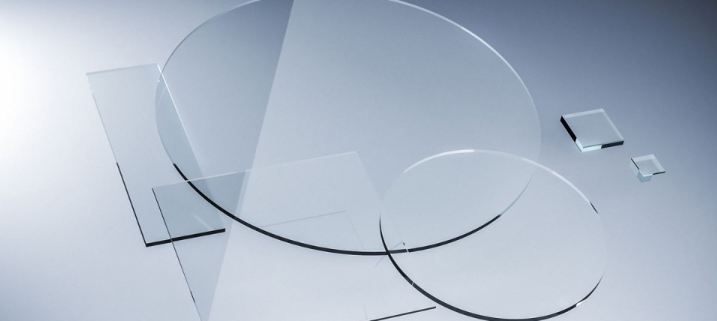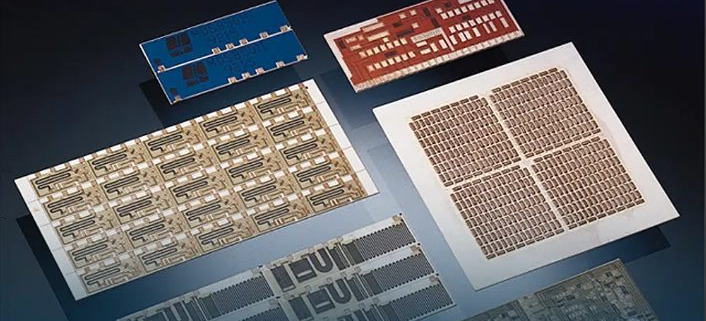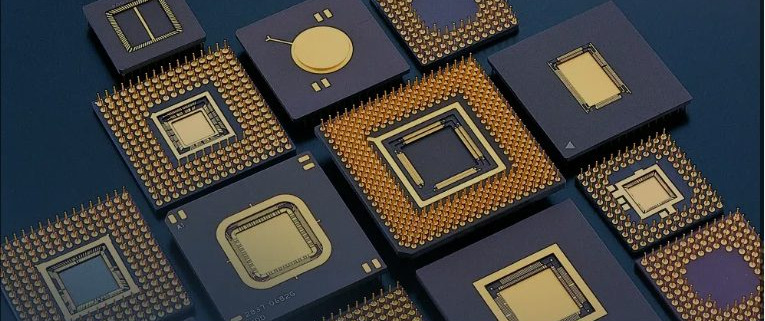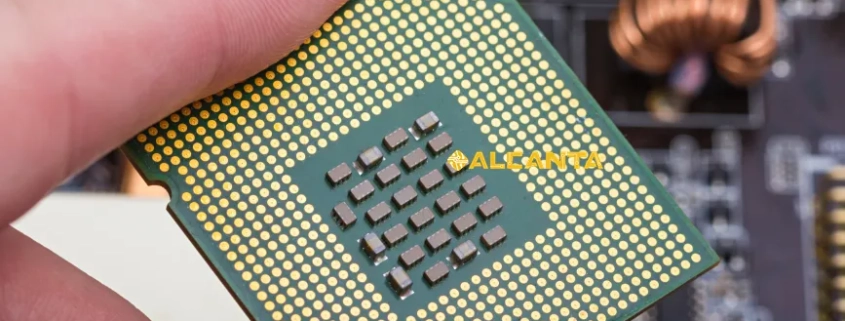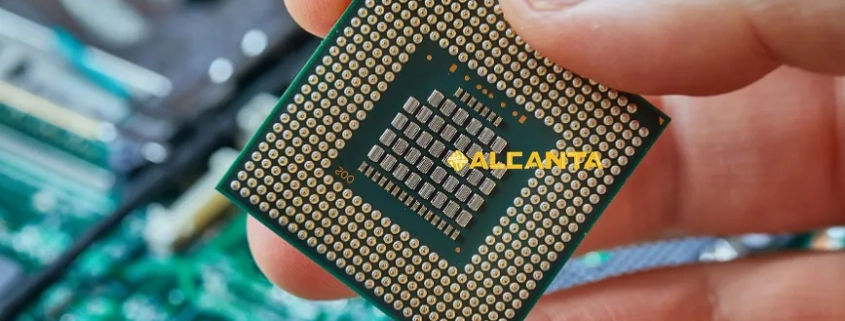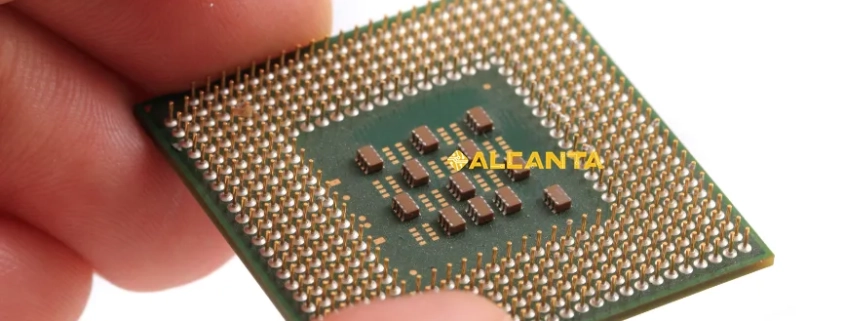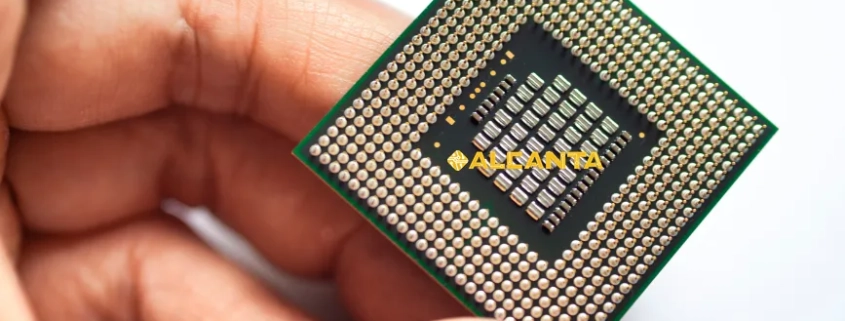a fundamental component in the manufacturing of various electronic devices. Their unique properties, such as high thermal stability, excellent electrical insulation, and precise dimensional control, make them indispensable in advanced packaging technologies. From enhancing the performance of smartphones to supporting the miniaturization of electronic components, glass substrates are at the forefront of technological innovation. This article aims to provide a comprehensive overview of the significance of glass substrates in semiconductor manufacturing. We will explore key manufacturers, delve into the technical specifications that set glass substrates apart, analyze the pricing dynamics within the market, and discuss the numerous advantages they offer over traditional materials. Through this detailed examination, readers will gain a deeper understanding of why glass substrates are crucial for the future of semiconductor technology.
阅读更多What is FR4 substrate? FR4 substrate is a critical component in the realm of printed circuit board (PCB) manufacturing, serving as the foundational material upon which electronic circuits are built. Its importance cannot be overstated, as it influences the performance, reliability, and longevity of electronic devices. For electronics enthusiasts and professionals alike, comprehending the intricacies of what is FR4 substrate is essential for designing efficient and robust PCBs. Understanding its properties, such as mechanical strength, thermal conductivity, and dielectric constant, empowers engineers to make informed decisions during the design process, ensuring optimal functionality and durability of electronic systems. In this comprehensive guide, we delve into the depths of what is FR4 substrate, unraveling its composition, properties, applications, and significance in the world of electronics.
阅读更多Ceramic substrates are a critical component in various technological and industrial applications due to their unique properties. But what is ceramic substrate? A ceramic substrate is a material made from ceramic compounds that serves as a foundational layer for various electronic, mechanical, and environmental applications. These substrates are highly valued for their excellent thermal conductivity, electrical insulation, and resistance to wear and corrosion.
Ceramic substrates play an important role in industries such as electronics, automotive, medical, and environmental technologies. For instance, they are essential in the manufacturing of printed circuit boards (PCBs), dental crowns, catalytic converters, and aquarium filtration systems.
阅读更多In the realm of electronics, substrates serve as the silent heroes, providing the essential foundation upon which our devices operate. These often-overlooked components play a pivotal role in enabling the intricate functionality of semiconductor devices, intricate circuitry, and electronic boards that power our modern world. In this comprehensive exploration, we delve into the core of substrate technology, unraveling its significance and multifaceted applications across various domains. We’ll navigate through the substrates’ role in semiconductor manufacturing, circuit design, and electronic board construction, shedding light on their indispensable contribution to technological advancement. Through this journey, we’ll uncover the intricate structure and diverse applications of substrates, paving the way for a deeper understanding of their pivotal role in driving innovation in the electronics industry.
阅读更多FR4 substrate is a foundational material in the realm of PCB manufacturing, known for its durability, cost-effectiveness, and versatility. Composed of woven fiberglass cloth impregnated with epoxy resin, FR4 provides excellent electrical insulation and mechanical strength, making it ideal for a wide range of electronic applications. Understanding FR4 substrate parameters, such as dielectric constant, thickness, and frequency characteristics, is crucial for designing PCBs that meet performance requirements. These parameters directly influence signal integrity, thermal management, and overall reliability of electronic devices. By optimizing FR4 specifications based on application needs, engineers can ensure efficient operation and longevity of electronic circuits, underscoring the significance of informed material selection in modern electronics.
阅读更多FR4 substrates play a pivotal role in the electronics industry due to their robustness and versatility. These substrates, composed of a fiberglass-reinforced epoxy resin, are extensively used in printed circuit boards (PCBs) for various electronic devices ranging from consumer electronics to telecommunications equipment and aerospace technology. The blog will delve into the dielectric constant of FR4 substrates, highlighting its crucial impact on circuit performance. Understanding how the dielectric constant influences signal propagation, power efficiency, and overall design integrity is essential for engineers and designers aiming to optimize electronic systems. This discussion aims to provide insights into how FR4 substrates contribute to the reliability and functionality of modern electronic products.
阅读更多FR4, or Flame Retardant 4, refers to a type of composite material widely used as a substrate in Printed Circuit Boards (PCBs). It consists of layers of woven fiberglass cloth impregnated with epoxy resin, which gives it excellent mechanical strength, dimensional stability, and electrical insulation properties.
In PCBs, FR4 serves as the foundational material onto which copper layers are laminated to create circuitry. Its popularity stems from its affordability, availability, and versatility in various electronic applications, including consumer electronics, telecommunications equipment, and industrial machinery.
Compared to other substrate materials like ceramic or polyimide, FR4 offers a balance of performance and cost-effectiveness suitable for most general-purpose electronics. Its thermal conductivity and dimensional accuracy make it suitable for both single-layer and multi-layer PCBs, supporting complex circuit designs efficiently.
阅读更多FR-4 substrates play a pivotal role in the electronics industry, serving as the foundational material for printed circuit boards (PCBs). Known for their robustness and versatility, FR-4 substrates are extensively used due to their excellent thermal stability, mechanical strength, and electrical insulation properties. This article explores various aspects of FR-4 substrates, from their composition—comprising epoxy resin and glass fiber—to their physical and electrical characteristics. We will delve into their applications in PCB manufacturing and highlight why they are indispensable in modern electronic device design. Join us as we uncover the intricacies and advantages of FR-4 substrates in enhancing the performance and reliability of electronic products.
阅读更多Flexible Printed Circuits (FPCs) represent a crucial advancement in electronics manufacturing, offering a flexible substrate that replaces traditional rigid PCBs. The substrate material of FPCs, typically polyimide or polyester, enables the circuits to bend and conform to intricate shapes, making them ideal for compact and space-constrained applications where traditional PCBs are impractical.
The importance of FPC substrates lies in their ability to enhance design flexibility, reduce weight, and optimize space utilization in electronic devices. This technology has revolutionized industries ranging from consumer electronics to automotive and medical sectors, where reliability and miniaturization are paramount. By understanding the material composition and unique properties of FPCs, manufacturers can innovate with more durable, lightweight, and versatile electronic solutions that meet the demands of modern technology.
阅读更多Flip Chip technology represents a pivotal advancement in semiconductor packaging, offering substantial improvements in electrical performance and thermal management over traditional methods. Originally developed to address the limitations of wire bonding, Flip Chip involves directly mounting the chip on the substrate with face-down orientation, optimizing signal speeds and reducing inductance.
In modern electronics, Flip Chip has become ubiquitous across various applications due to its ability to enhance reliability, increase device functionality, and support miniaturization trends. From high-performance computing components like CPUs and GPUs to mobile devices and IoT sensors, Flip Chip technology plays a crucial role in enabling smaller form factors, higher processing speeds, and improved energy efficiency.
Its widespread adoption underscores its importance in meeting the evolving demands of electronic devices in today’s interconnected world.
阅读更多CONTACT US
4th Floor, A3 Building, HuaFeng Industrial Park, GuanTian Village, BeiHuan Road, ShiYan Street, Bao An District, Shenzhen City, Guangdong Province, China
Tel:086 (0)755-8524-1496
WhatsApp: 8615014077679
Skype: Henrychinasz
📧 pcb@alcantapcb.com
CONTACT US
SHIPPING
![]()
CERTIFCATION
![]()
recent articles
 Copper Core PCB vs Aluminium Core PCB Explained2025-09-18 - 7:13 上午
Copper Core PCB vs Aluminium Core PCB Explained2025-09-18 - 7:13 上午 Microwave PCB Manufacturers | RF Design and Fabrication2025-09-16 - 7:58 上午
Microwave PCB Manufacturers | RF Design and Fabrication2025-09-16 - 7:58 上午 Flex PCB Manufacturing Process: Step-by-Step Guide2025-09-10 - 6:59 上午
Flex PCB Manufacturing Process: Step-by-Step Guide2025-09-10 - 6:59 上午 PCB Lamination Process & Sequential Lamination2025-09-04 - 8:10 上午
PCB Lamination Process & Sequential Lamination2025-09-04 - 8:10 上午

